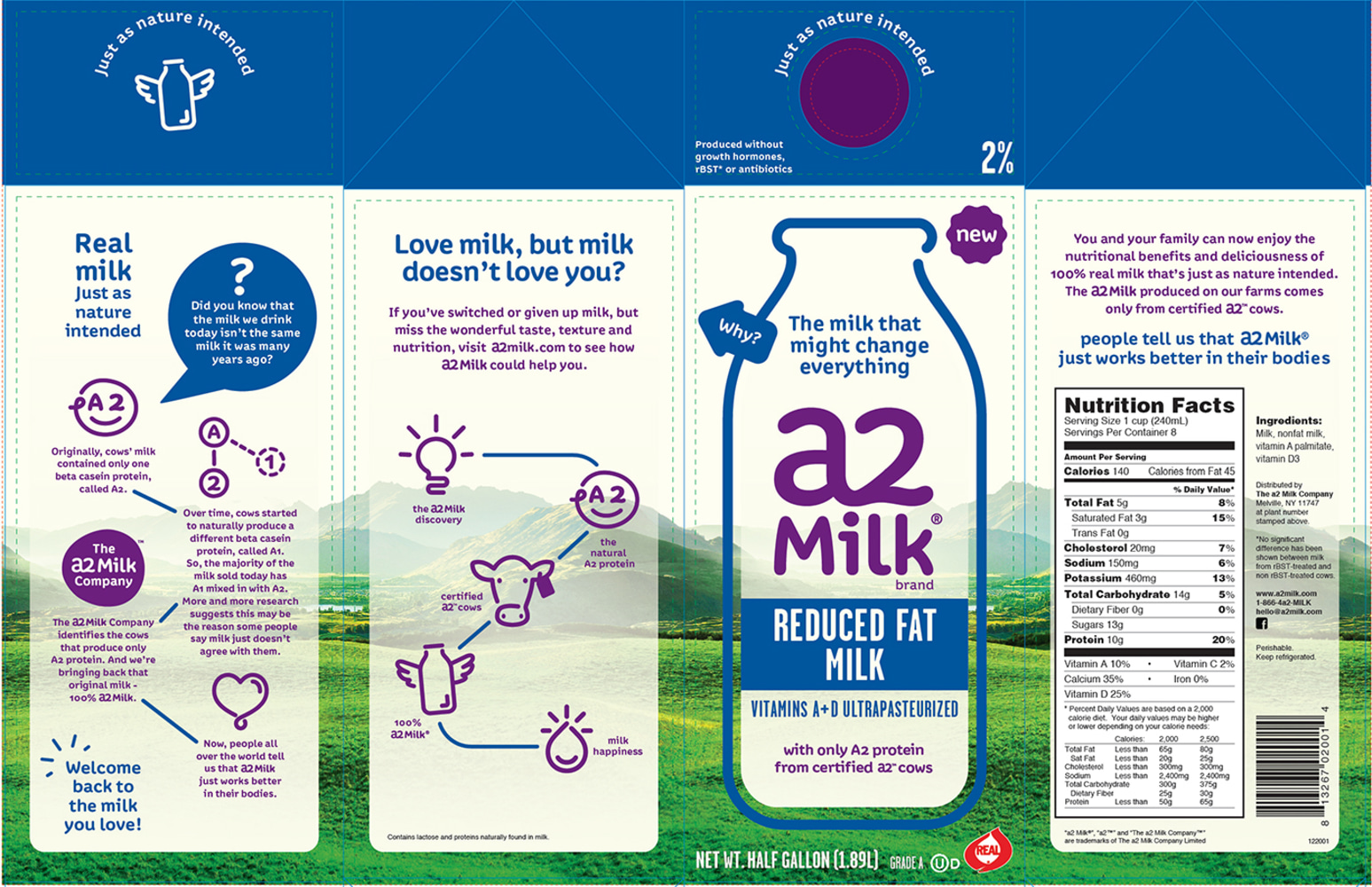Tamilanda
Friday, 10 February 2017
Wednesday, 1 February 2017
HISTORY
History
In the 1980s, some medical researchers began to explore whether some peptides (including peptides from casein) that are created during digestion might have negative or positive health effects.
Interest in the distinction between A1 and A2 beta-casein proteins began in the early 1990s via epidemiological research and animal studies initially conducted by scientists in New Zealand, which found correlations between the prevalence of milk with A1 beta-casein proteins in some countries and the prevalence of various chronic diseases in those countries.The research generated interest in the media, among some in the scientific community, and entrepreneurs. If it is indeed true that BCM-7 is harming humans, this would be an important public health issue, as well as a commercial opportunity.
Cows' milk is about 87 percent water and 13 percent solids—the solids being a combination of fat, carbohydrates in the form of lactose, minerals and protein. The major component of the milk proteins is casein; in turn about 30-35 percent of the casein (equivalent to two teaspoons in a litre of milk) is beta-casein, of which there are several varieties, determined by the genes of the cow. The most common of these variants are A1 and A2 (named for the order in which they were identified by scientists), with the sole difference between the two being one of the 209 amino acids that make up the beta-casein proteins: a proline occurs at position 67 in the chain of amino acids that make up the A2 beta-casein, while in A1 beta-casein a histidine occurs at that position. Studies in cells found that digestive enzymes that cut up proteins interact with beta-casein precisely at that location, so that A1 and A2 beta-casein proteins are processed differently. A seven-amino peptide, beta-casomorphin-7, (BCM-7) can be cut away from the A1-beta-casein protein by those enzymes, but the enzymes cannot cut the A2 protein at that location, so BCM-7 is not formed from A2 proteins. Studies in humans have not consistently found that BCM-7 is formed in the human digestive system. BCM-7 can also be created during the fermentation of milk or through the process by which cheese is made; those same processes can also destroy BCM-7.
Subscribe to:
Comments (Atom)

